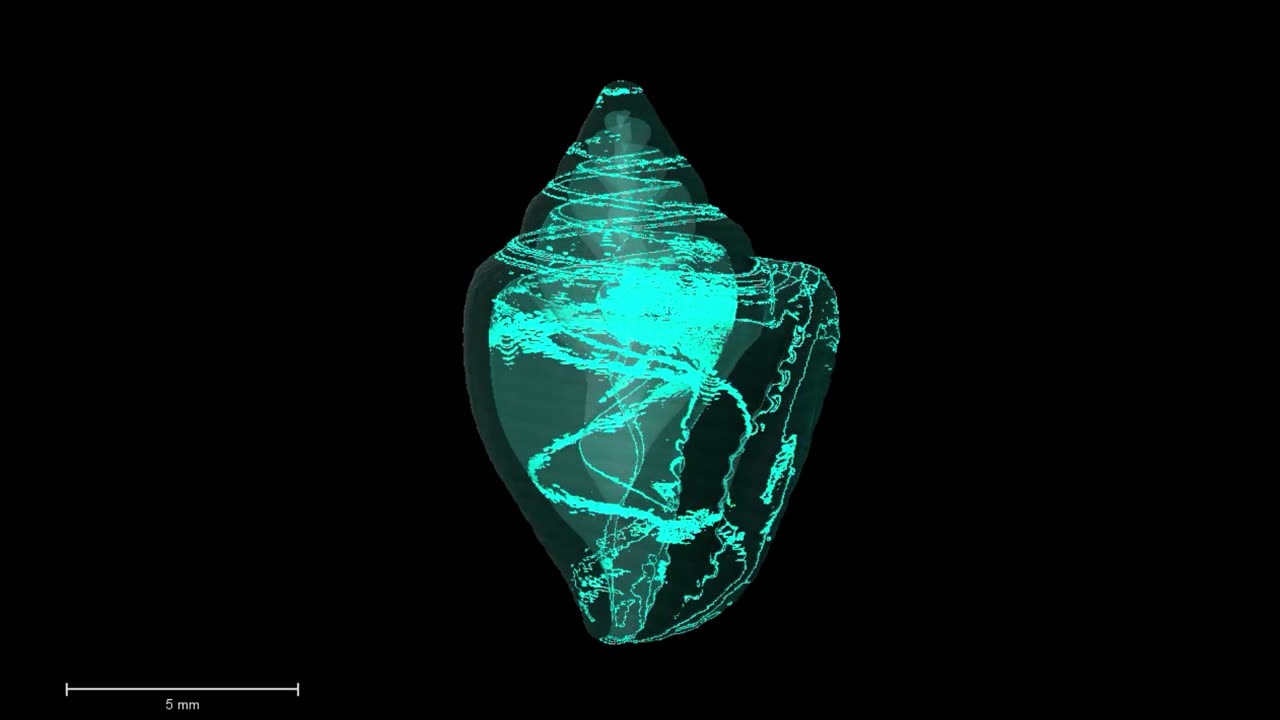Premium Only Content

ANCIENT FASHION: Small Sea Snail Shells Were Used As Jewellery 45,000 Years Ago
Sea snail shells discovered during excavation work in Lebanon had been taken there to be used as jewellery some 45,000 years ago.
The fact that the items were so used was confirmed by Dr Marjolein D. Bosch from the Archaeological Institute of the Austrian Academy of Sciences (OeAW) and her team in a paper published in March.
They revealed that during the excavation work at the Early Upper Palaeolithic archaeological site Ksar Akil, in Lebanon, they discovered more than 400 shell pieces of the species Columbella rustica that had been intentionally pierced to make jewellery.
Bosch said in a statement obtained by Newsflash: "This purpose (to create jewellery) has been suspected for a long time, and I wanted to investigate it, and prove it scientifically."
To do so, Bosch collected the shells of the Columbella adansoni species - similar to the ones found in Lebanon - from the coast of Tenerife in Spain.
The collected items reportedly shared the same general distribution pattern of shell thickness needed for the study.
Bosch explained: "First, pristine shells were scanned for robust and fragile zones using micro-CT scans.
"We then made 3D models of the shells, which showed the exact structure of the different mussels, i.e. where they were thinner or thicker.
"In the housings I collected from the Spanish beach, the vast majority of the perforations occurred in structurally weak zones.
"In contrast, in our archaeological finds, we found a higher frequency of perforations in more robust zones and a higher uniformity in their location, size and shape."
This - according to the scientist - showed that the Columbella rustica pieces were intentionally picked and perforated in order to be stringed onto a necklace or attached to clothes.
Bosch said: "These snails are too small to eat, so they were collected and brought to the site for other reasons.
"In addition, the standardisation of perforation shape, size and distribution points to a formalized manufacturing processes."
Explaining what they were used for, the scientist added: "Since these served no purpose, such as subsistence or tool use, we assume they were 'symbolic."
The study was published in the peer-reviewed academic journal 'Journal of Archaeological Science' in March 2023.
-
 0:22
0:22
Viral Tab News
2 years ago $0.03 earnedSpanish Police Arrest Weapons Kingpin At Family Supper
7322 -
 15:18
15:18
T-SPLY
4 hours agoCNN DROPPED a NUKE On Democrats - Worst Polls Ever!
2401 -
 7:21
7:21
SKAP ATTACK
6 hours agoNBA Execs Think the Bubble Championship is a Joke
88 -
 8:29
8:29
ARFCOM News
5 hours agoAG ~~REFUSES~~ To Stop Enforcing Unconstitutional Law | How Trump Plans To Give Guns Back To Felons
1712 -
 LIVE
LIVE
LFA TV
23 hours agoLFA TV ALL DAY STREAM - FRIDAY 8/1/25
805 watching -
 1:23:12
1:23:12
Roseanne Barr
2 hours agoBlackmail Nation: The Epstein Cover-Up with Nick Bryant | The Roseanne Barr Podcast #109
61K29 -
 26:40
26:40
Michael Franzese
3 hours agoThe Self-Proclaimed King of the Mafia: Vito Genovese’s Fatal Throne
9.46K2 -
 LIVE
LIVE
Nerdrotic
4 hours ago $5.58 earnedWe Stand Behind Sydney Sweeney | Naked Gun | Fantastic Flop? - Friday Night Tights 365
1,706 watching -
 1:02:28
1:02:28
Sarah Westall
3 hours agoTrump’s Economic Plan will Change the World Economic System. Will it Work? w/ Andy Schectman
11.8K3 -
 10:22
10:22
Clownfish TV
5 hours agoJaguar CEO OUT After 'Woke' Rebrand Backfires!
4.51K6